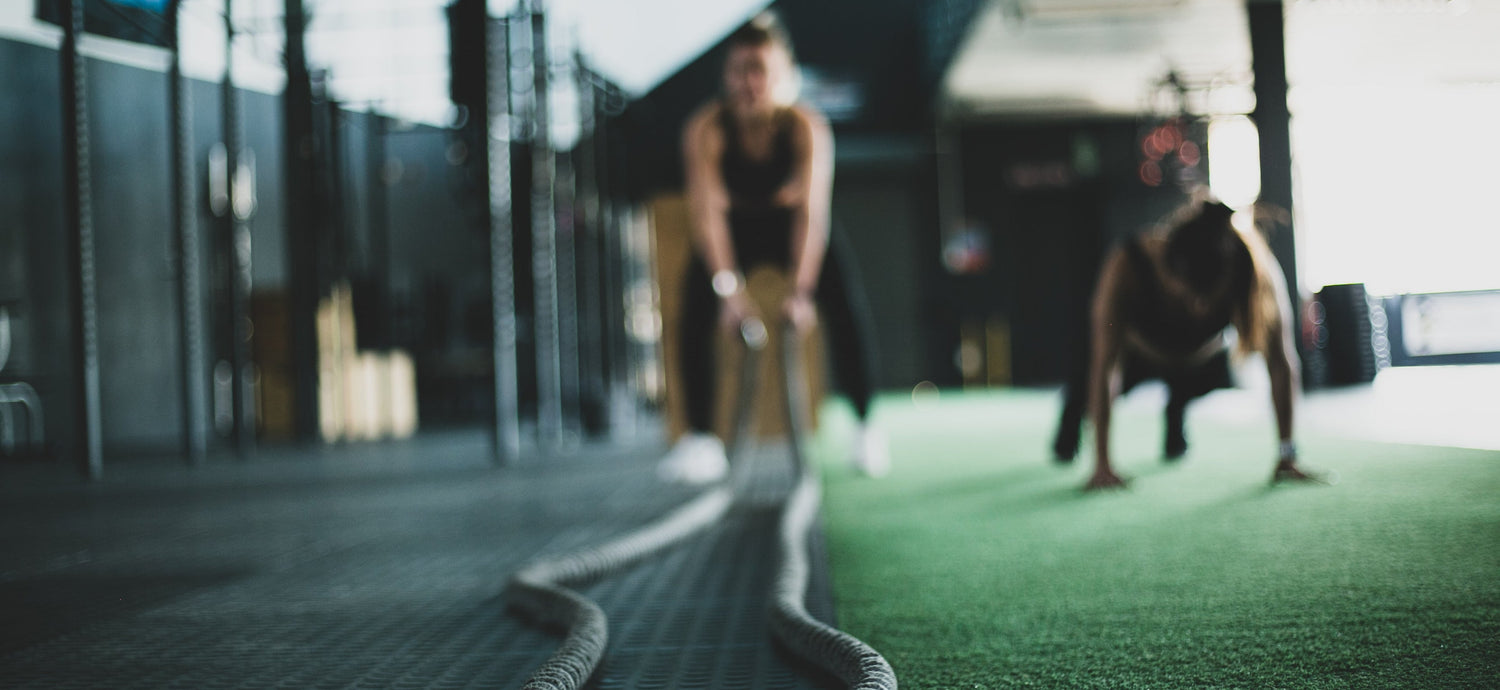There was a penny-drop moment from me a number of years ago, where after years of keeping out of the commercial gym to focus on exercising outdoors, I reinvigorated a weight training regime in my local gym.
By no means am I an elite athlete, however I do have good form with exercises. I have to – I teach them to my patients and athletes all the time. I was surprised however that within the space of a month or two of being back in the gym, I was approached by almost every gym instructor and personal trainer who made a comment along the lines of “you’ve really got great exercises”. When I looked around at everyone else, I knew they were right.
It got me thinking about the notion of ‘good’ and ‘bad’ exercises, and how an exercise on its own isn’t the issue. Any exercise can be good or bad, depending on the following;
Movement Quality
A good exercise is achieved only when it’s done with great quality. Quality movement patterns in exercises lead to quality motor patterns generally, which will benefit efficiency of movement and in turn sporting performance.
A quality movement should encompass the following;
- Steady, controlled movement (even tempo throughout the entire movement)
- Excellent proximal control (hips and core for leg exercises, and thoracic spine and shoulders for upper limb exercises)
- Excellent postural control (minimal wobbling, appropriate alignment during the entire movement)
- Maintenance of good technique when fatigue sets in (not losing form when tired)

Focus
If you watch any high-level athlete train in the gym, it’s clear to see that when they’re performing an exercise they stay in the moment with 100% focus. Their focus is always on movement quality (see above), whilst also listening to their body.
An athlete’s internal monologue will be something like;
- Keep it strong and smooth
- Is my knee/shoulder/elbow in the right alignment?
- What’s fatiguing fastest? Maybe I need another exercise for that…
- Keep it stable
- Finish it off with good form, don’t lose control
- How could have I done that better?
Focus and attention to movement quality will improve neural pathways as well as strength.

Individual Considerations
A low, heavy squat is awesome for an Olympic wrestler, but terrible for a triathlete with a symptomatic degenerative medial meniscus. Repeated long lever abdominal crunches could be great for a young swimmer specialising in butterfly, but not so great for a young Mum 6 weeks after having her first baby. And, heavy and explosive single leg press thrusts are just what an elite track cyclist needs, but maybe not the hypermobile ballet dancer.
I think you see my point.
An individualised exercise program that is tailored to age, sport, injury, and training history/age will be full of ‘good’ exercises. So please don’t read the ’10 Best Exercises of All Time’ lists on the internet. They’re good for no one.
One that’s Done
To use a phrase by one of my physio mates, Mick Hughes, “the best exercises are that one’s that are done”. He’s right. Consistent training is the key to making the most out of any exercise regime.
Putting it Together
Ok, it’s all great in theory, but can you give us an example? Sure.
The video below is of Olympic Mogul Skier Brodie Summers performing a tick tock exercise.
Randall Cooper is an experienced Sports Physiotherapist, Founder and CEO of Premax, Adjunct Lecturer at the La Trobe University Sport and Exercise Medicine Research Centre, and Fellow of the Australian College of Physiotherapists.






Leave a comment
All comments are moderated before being published.
This site is protected by hCaptcha and the hCaptcha Privacy Policy and Terms of Service apply.